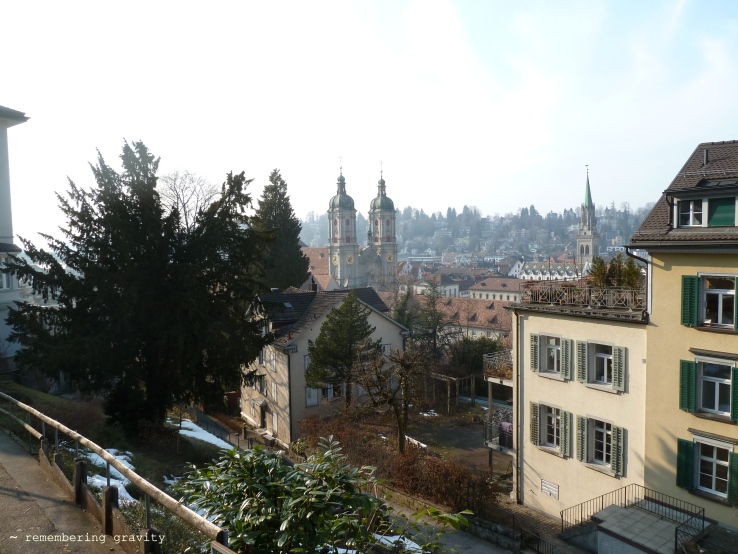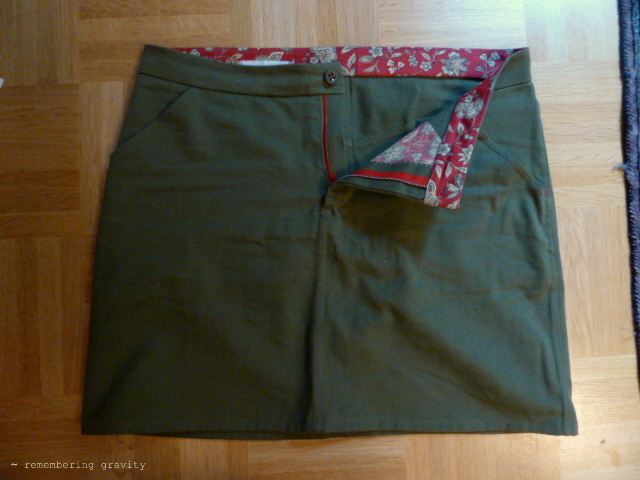
I grew up in the green and grey of the Berkshire countryside, in a brick cottage that stood on the edge of a medium-large estate. A stone’s throw away, in a ramshackle house far too large for the two of them, lived two staunch figures of my childhood: the two Shirleys. For as long as I could remember we’d been able to watch them, children’s eyes peering over the kitchen worktop, as they pottered around their garden, skinny legs protruding from otherwise plump figures. Delicately pickering their way between broken flowerpots and along treacherous mud paths in every weather, they were a doughty pair, we all agreed.
They became known to us as the Shirleys, and what their real names were I have long since forgotten, they disappeared into the mists of childhood myth, until they were just The Shirleys: the larger, ruddier Shirley Brown, and the more petite, paler Shirley Blue. We differentiated by the colour of the wisps around their ears – my first sighting, now I think of it, of a blue rinse.
The house was extremely rickety, really on its last legs (had it had any), the adjoining garden disordered and for quite a lot of the year, despite our best efforts, little more than a mud bath. We helped out, every couple of weeks, two or three of us popping in to help give the place a good scrub and a spick and a span, and to try and bring the garden, if not to fruitful beauty, at least to a state where a slip and a bruise or a break weren’t imminent. While we worked, they kept to a discreet distance, not liking to get under our feet as we hurtled around the place. We must have seemed like a number of methodical whirlwinds, leaving a trail of orderliness in our wakes: floors swept, furniture scrubbed, spiders ousted and their webs dislodged in a flurry of feathers. After we’d rendered the house shipshape with the broom and scrubbing brush, my father, ever handy with a hammer and a few bits of four-by-two, would fix up any bits of the crumbling lodge that had rotted through or given way since our last visit.
We did their shopping for them too, every three or four weeks, together with a big expedition to Sainsbury’s to re-stock our own house. After lugging our own carrier bags from Sierra to kitchen, my mother (with the help of myself, my sister or both of us, depending on the state of sisterly relations that week,) would haul the remaining hefty bags to the Shirleys, grumbling (if we’d spent too long in the supermarket) about the weight. When we weren’t so little any more, we took our turns carrying those bags, amazed that their small frames could consume such heavy food: so much heavier, it seemed, than what we ate. They lived on the sort of food, dried and preserved, pounds and pounds of it, that keeps for a long time, not needing to be bought fresh regularly, possibly out of consideration for their loyal couriers. We could stock them up at the beginning of the month knowing that they wouldn’t go hungry before we could face the supermarket again. They had some fresh greens that by some miracle managed to survive and thrive in the occasional quagmire that was their garden. That and what we fetched for them seemed to be the extent of their nourishment. In these enlightened days it seems like an outmoded way of living, but when I was little it was what I saw and what I knew. I loved filling the larder with tins and packets of rice, trying to work out how long we would be able to survive for, should we ever be besieged. I had read far too many adventure books.
Once upon a time, there had been more than just the two of them, Mummy told us. They had been part of a big group of refugees from one or other of the world’s more tempestuous turmoils. They had arrived one day, and never left. Settled in and become a fixture in the community, part of the neighbourhood furniture. One by one their number had dwindled, some succumbed quickly to illnesses that had come with them, others simply upped and left. There had been a large pale chap, our father said, who’d set himself up as the Man of the household. He was known as Snowby, on account of his so-pale-it-was-almost-white thatch. But as time went by, he hadn’t been able to handle the confined nature of the place. To us the house seemed huge, but he wasn’t used to living in such close quarters to so many others. He needed more varied company, and space to roam, Daddy told us, adding, conspiratorially, that he knew very well the feeling of being in a house with soley female company. At this point he usually caught a look from my mother and backed down, comically shame-faced, daring to wink at us when her back was turned. The last that had been heard or seen of Snowby, he was right over the other side of the estate, with a wild bunch of swarthy, showy chaps, amongst whom his shock of snowy hair stood out a mile. They lived wilder, less settled lives; whenever gunfire was heard, it came from that quarter.
There had been Abbie too. I have faint memories of her, of sitting on the grass outside their house with her clucking around me, ever attentive, keeping me out from under the grown-ups’ feet. I don’t know if she was related to Snowby – I have no memories of him, so I don’t know if they bore any resemblance to each other – but I imagined that they might be brother and sister, since she was so pale too, almost ghostly. And indeed she might well have been a ghost, because one day she simply wasn’t there any more, and my parents couldn’t tell us what had happened.
No-one could remember really how many of them there had been in the beginning. Names floated through the air of half-remembered occupants, names of those who had been in the original group, or perhaps they had come later, were they two separate people, or wasn’t that just a nickname for that old lady, what was her real name again? We could never pin their number down, disagreements arose, and then it would be decided that what was most important were the two who were there now. They were on their own, and it was up to us to look out for them.

They arrived one evening, stepping daintily off the cold, water-logged streets into the light that spilled from our kitchen window. We had seen her before, a couple of times, just in passing as she went on her way from one place to the next, always, apparently, with somewhere to be. She’d elicited a few appraising glances, this young dark lady, there was no-one else quite like her in the neighbourhood. But that day she simply arrived, two children in tow, went boldly into the Shirleys’ house and stayed there. It must have been arranged before, we speculated, that would certainly account for how often we’d seen her around the place. And why not, there they were, the new family looking for a home, clearly in a tricky situation, and there was the perfect house, all but empty, waiting for younger voices and little feet to brighten up its caverns. And more company for the two old ladies, with enough room for each party to have its own space. “Another Shirley” said Daddy, and so in accordance with the Shirley colour scheme, she became Shirley Black.
For all the positives, it wasn’t a smooth start for any of them. There were raised voices, morning and evening; she wasn’t afraid of making herself heard. Neither, it turned out, were the older Shirleys. The presence of a newcomer breathed new life into their old bones, like a bracing wind, and they went about the place with an energy that we hadn’t seen before. We imagined them facing off across the living room, pale versus dark, like the last stages of a tense game of chess, only a few pieces left, and all vying for domination of the board. The little ones watching from the sidelines, like perfect carved ebony pieces.
From behind the kitchen blinds we watched as the children grew under the tough love of their mother and the watchful doting eyes of the two old Shirleys. The boy grew fast and strong, his sister careened along in his wake, slower, shakier. And then a penny dropped one day and hit the floor with an ear-battering clang, as the boy scampered happily after his mother, round and round the garden, and the girl followed so unsteadily, her little legs wobbling more than her elderly godmothers’. The doctor was called, he arrived and went away again, leaving the words “brain damage” echoing in all our heads. Unable to ask, unwilling to pry, we could only speculate in hushed tones about what had caused it.We knew little-to-nothing of her earliest life – she had been up and toddling when she first entered ours. So we did what we could: we rigged up a chair-support with wheels to allow her legs to propel her along, hoping that the muscles would strengthen, feeding off the strength of blind hope. And when that failed and spittle-and-dust opened our eyes to the cruelty of nature, we could only watch her getting weaker, and make sure that she was always comfortable, seated in a patch of sunlight on the soft, mossy lawn.
When she died, we buried her with a small ceremony in a shoebox at the bottom of our garden, with all the other pet chickens that had gone before her to the great chicken coop in the sky. Eventually she was joined by all three Shirleys, as well as her brother Beaky, who became a cockerel of great character and a family legend, and countless other banty friends that came afterwards.

Save














































































































